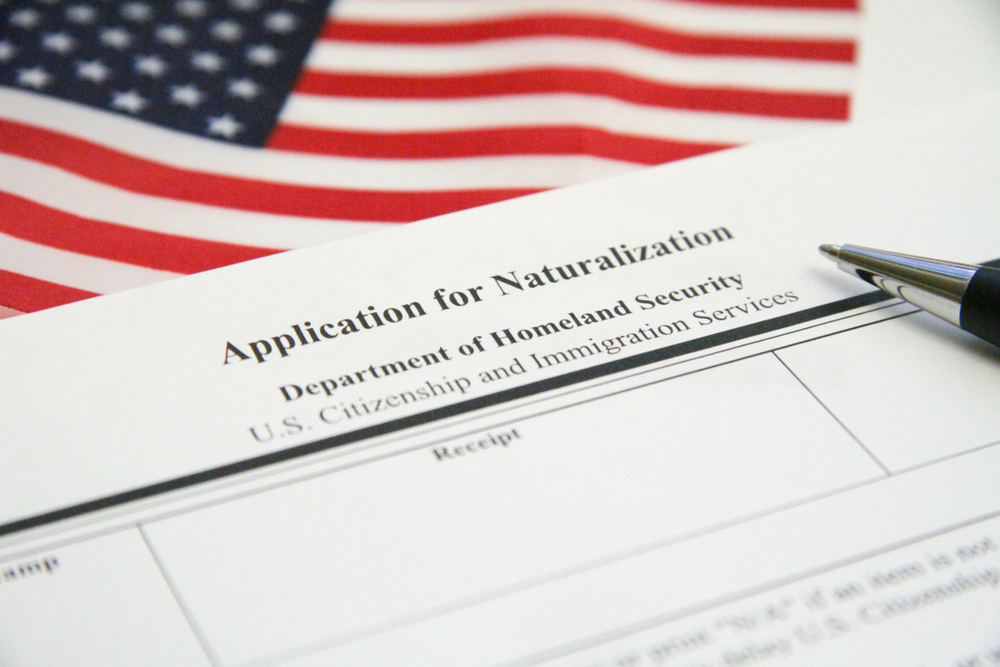NASA said this week it is tracking an asteroid that could impact Earth in 2046.
Astronomers recently discovered 2023 DW, which flew by Earth in late February. The 50-meter-wide asteroid has a 1 in 607 chance of hitting Earth on Feb. 14, 2046, according to NASA data.
NASA's Torino Impact Hazard Scale ranks 2023 DW as a 1 on a 0-10 scale. All other known objects have a zero. A 10 would indicate a near-certain impact from an object.

How Can Earth Avoid An Asteroid Strike?
If a meteor actually hits Earth, it's called a meteorite. As many as 30 pebble-size ones strike the planet each day.
NASA notes that newly discovered objects can have a level of uncertainty. As more measurements are made, scientists can better peg an object's trajectory.
"Often when new objects are first discovered, it takes several weeks of data to reduce the uncertainties and adequately predict their orbits years into the future," NASA's Asteroid Watch said in a tweet.
While an asteroid that size would not be a worldwide catastrophe, it would be comparable to the Tunguska event of 1908 that damaged a number of buildings and caused injuries in Siberia. In that instance, a small asteroid caused a meteor air burst, causing a lot of damage in a localized area.









